“I need at least one of these trees,” I decided. “A dynamite tree. A tree that can kill in multiple ways — and I don’t mean by falling on a person. Though that could definitely kill as well.”
“Why would you want that?” my friend inquired. “It might blow up in your face.”
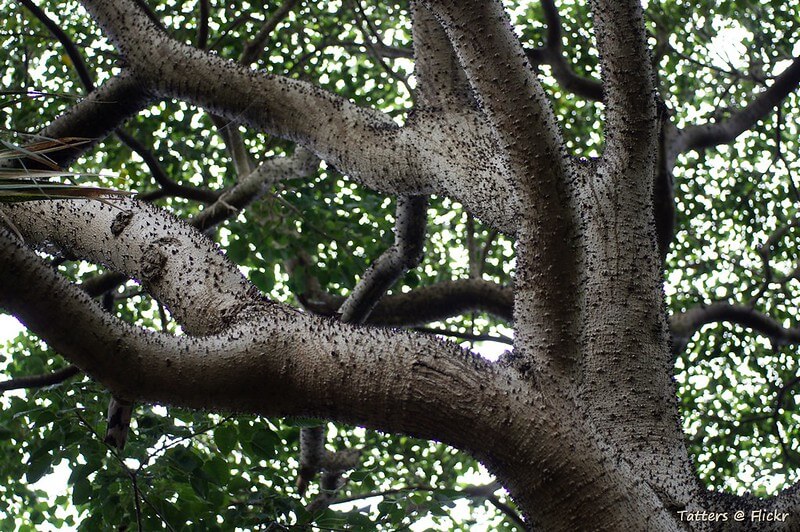
She had a point, but I couldn’t resist: “Or it might blow up in the face of unwanted guests and door-to-door salespeople.”
“They still exist?” A chortle of laughter bubbled at the back of her throat. “I wouldn’t have thought they’d be a big issue after Covid and certainly not out here in the country.”
“True,” I agreed. “But then, there’s always people who decide to wander uninvited onto the property to snoop or admire the garden. I’ve even caught a couple snipping roses from my prize rosebush.”
“You didn’t! Really?”
“They thought it was their right since the land was in the country. They didn’t think anyone would mind.”
“Because you live in the country.” My friend wasn’t buying it.
“Because I live in the country,” I repeated. “This tree would definitely be a deterrent.”
“More likely a liability for lawsuits.”
I took a breath. “Oh well. It probably wouldn’t survive our northern climate anyway.”
The tree I’m referring to is indeed called the dynamite tree, along with other names like the sandbox tree, the monkey no-climb tree, and Hura crepitans. Also known as possumwood and jabillo, it’s an evergreen tree native to the Americas, particularly in the Amazon rainforest. It’s also found in Tanzania where it’s considered an invasive species.
Dynamite Tree Appearance
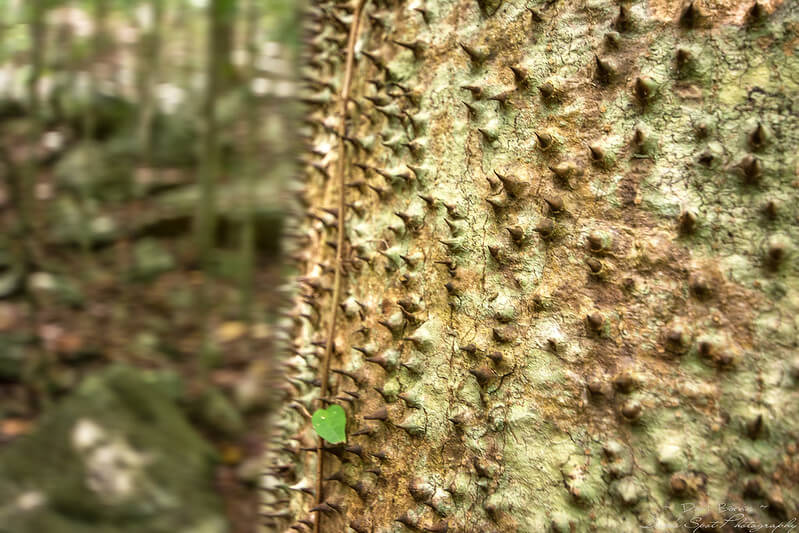
The most descriptive name is the dynamite tree. Its trunk is covered in spikes full of poison and its fruit quite literally explodes when it ripens, sending its seeds helter-skelter at a speed of up to 150 miles per hour. This is not a friendly tree one wants in the yard, unless one wants to detract trespassers.
Considering its name and deadly intentions, the bark is surprisingly smooth and brown. It’s the pointed spikes, or conical prickles, that cause the damage and the danger, and these protrude from the smooth bark along its entire length. One of the largest trees in the tropical Americas, it grows up to 100 feet in height with a circumference of over 3 feet. High above the ground, the tree is crowned with long, dark-green leaves. The fruit (or seed capsule) is oddly pumpkin-shaped.
Dynamite Tree Natural Habitat
Although sometimes used as boulevard trees for their height and large, shady canopy, the dynamite tree is not for this environment due to their poisonous bark, leaves, and seeds; not to mention their loud and dangerously explosive capsules.
The dynamite tree prefers the wet soil of tropical rainforests and does well in either partial shade or partial to full sun.
How Deadly Is the Dynamite Tree?
One could say that every part of this tree is poisonous. The fruit, if ingested (the same fruit that explodes) causes vomiting, and diarrhea and cramping. The globose seed capsules were used as sandboxes (pounce pots) for blotting ink in colonial times in the West Indies. The use of the seed capsules as sandboxes is the source of one of the tree’s names: sandbox tree. The sap of the dynamite tree can cause an angry red rash and it can blind a person if it gets in the eyes. In fact, the tree sap has been used to make poison darts or arrow poison for hunting or in warfare. Aboriginals would sometimes mix the poisonous latex with sand to stupefy fish.
Medicinal Uses
Although most of the tree is considered toxic and poisonous, some parts have unexpected medicinal benefits. One can extract the oil from the seeds and use it as a strong laxative (sparingly). Considering the otherwise toxic elements of this tree, it stands to reason that at least one part can be used to purge the intestinal tract. Some claim that the large, canopied leaves from this tree can be successfully used to treat eczema — a claim that one might find difficult to accept as parts of the tree also cause dermatitis just from touching it. Another treatment is preparing an extract to treat rheumatism and intestinal worms (I guess the purgative treatment flushes out the undesirably worms). The bark, which holds the poison darts, apparently has been used successfully to treat leprosy, and the latex from the bark which is used as arrow poison, has also been used to promote ailing teeth to fall out. On the less savory side of its medicinal uses, it has been used to prepare tear gas for military operations.
Dynamite Tree Nonmedicinal and Nonviolent Uses
The wood of this tree does have some practical applications. It’s used for making furniture. It’s a heavy, dense wood with a high resistance to crushing and bending, making it ideal for sturdy furniture. And it’s easy to work using either hand or machine tools. However, workers who fell the trees or work with its wood have to cover their eyes to protect them from the sap that causes temporary blindness. Also (as mentioned), touching the woody fruits can cause dermatitis, so clearing the trunks in preparation to use the wood can be a challenge. That said, some segments of the woody fruits are used in bracelets and necklaces, and yes, this does cause dermatitis in those who create the jewelry and those who wear them.
Problems With Dynamite Tree
This tree is considered an invasive species. Its large, canopied leaves provide deep shade, which is good for the dynamite tree, but not so good for other species. This tree dominates the environment in which it grows, crowding out other native species of vegetation. It is, quite simply, a weed tree and must be treated like other weed infestations. Of course, the best management of any invasive species is to prevent it from growing anywhere and everywhere. The next best management is to weed out the invasive species while it’s still small and hasn’t had the time to establish.
Making sure the tree doesn’t go to seed, an explosive experience spreading its seeds far and wide, is a good plan of action.
Availability of Dynamite Tree
“Did you know you can purchase seeds online?” My friend returned the next day with updated info on the dynamite tree. “Five seeds at a time.”
“Do I really want five dynamite trees? And do you think they would survive the cold winters?”
“Point taken,” my friend agreed. “But, like all tropical plants, you can grow it as a houseplant.”
“With a height up to 100 feet? And fruit that explodes with seeds? I’d need a padded room and a whole lot of bravado.” I shook my head. “It’s a nice thought, but not a practical one. And it wouldn’t serve my original intent to keep unwanted persons from invading.”
I think I’ll leave the dynamite trees to their natural environments, which is definitely not in the northern climes where I live.

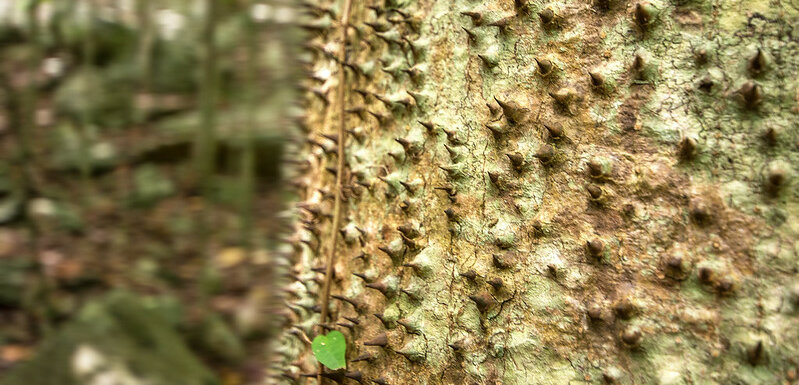


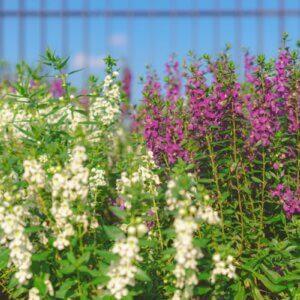

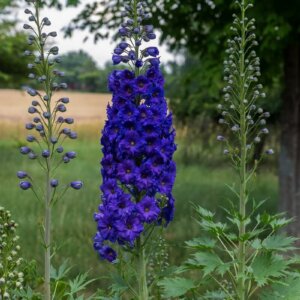

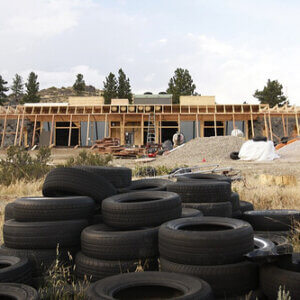






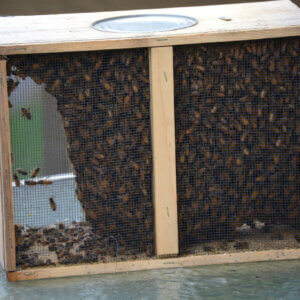




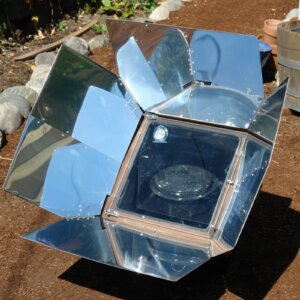

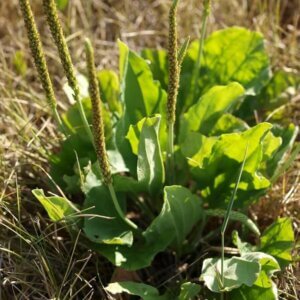
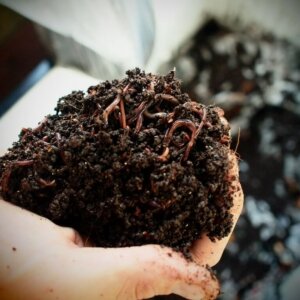


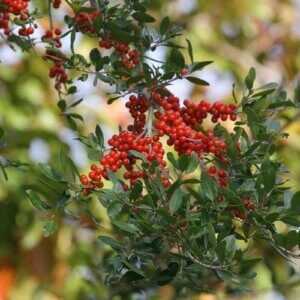




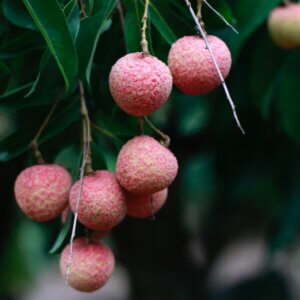
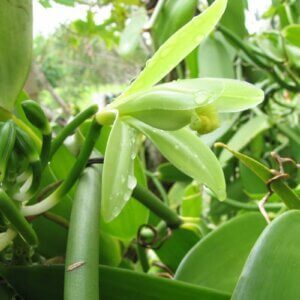

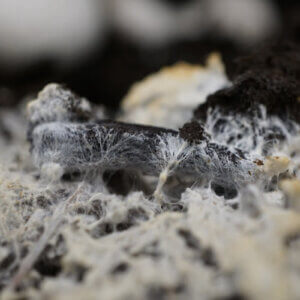



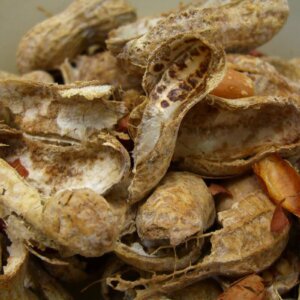


Leave a Reply